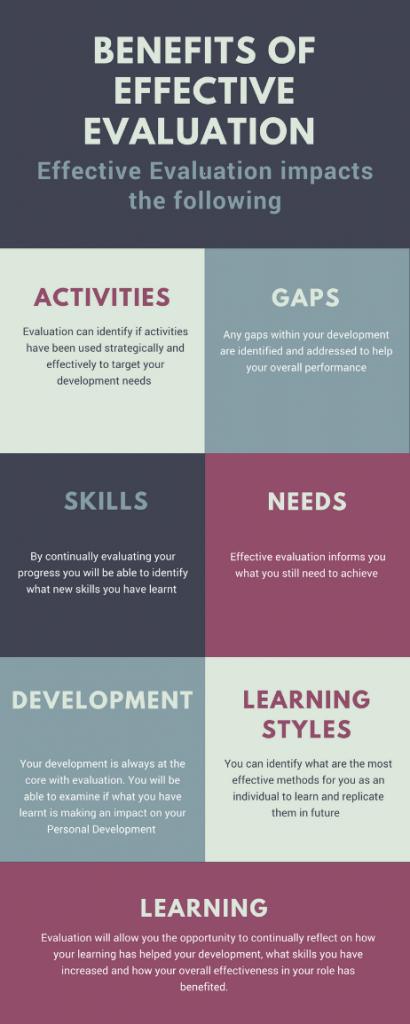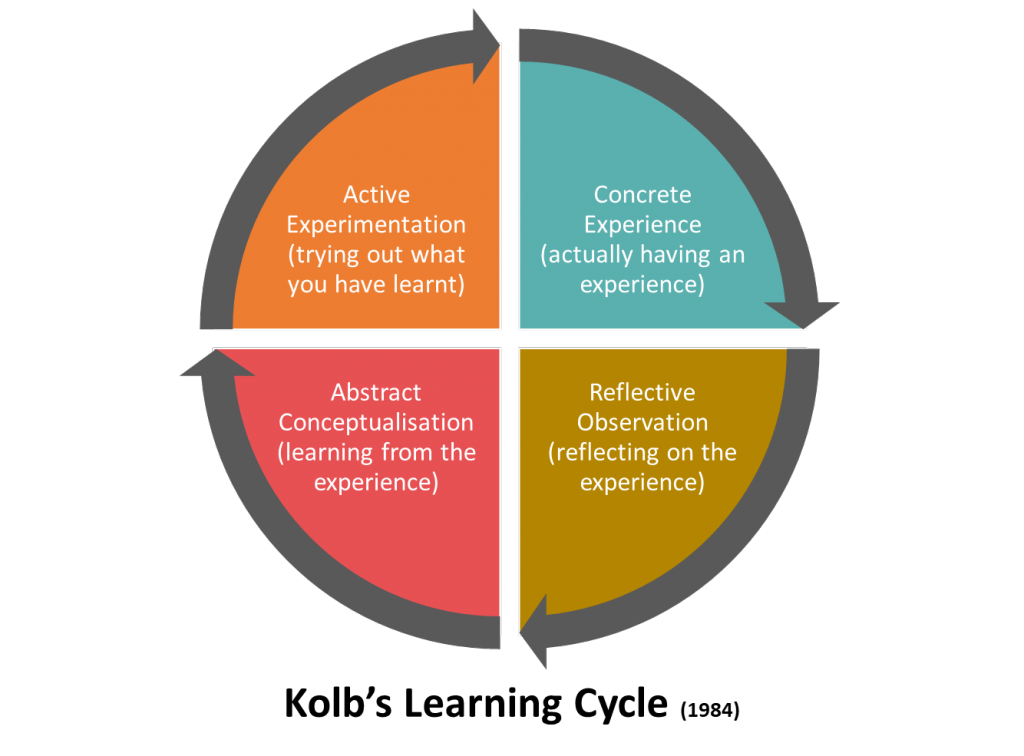The Importance of Evaluation in Leadership Development (and how to do it effectively)
Leadership Evaluation should be a continuous process for it to become truly effective. The key here is to have more chances to reflect on the whole process, not just at the end. This allows you to adjust things as and when you need to and not wait until the end of the process to find out if you achieved everything you set out to.
Continuous Leadership Evaluation
When developing your leadership skills, it can be very easy to fall prey to not allowing enough time for effective evaluation. If you do not take stock of how close you are to progressing towards your objectives, you will not be able to identify what you have achieved and where further growth is required.
Whilst working towards improving your own leadership skills, it is imperative to evaluate and fine-tune. Continuous evaluation allows you to do this by looking at new skills you have learnt and assessing what needs additional work, enabling you to use this to lead future actions. By being honest with yourself about how your journey is advancing, you can accurately track your progression and use evaluation as a tool for improvement. Be objective and evaluate fairly both your successes and weaknesses and use your findings to build upon your areas of strength and target your weaknesses.
Methods of Evaluation
Journals and Logs
These are the most efficient methods of examining where you have moved forward against your objectives whilst also helping you reflect on what has already been accomplished. The main benefit of keeping a journal is that it is structured, so you can note down exactly what has happened as it happened. You may find it difficult to accurately note an activity you have put into your journal but there are ways in which you can stay on task. When struggling to document your feelings use the following for help:
- How do I feel?
- Has my attitude changed?
- What was the reaction of my colleagues?
The way you decide to create your own journal will depend on whatever you find to be most effective for you. However, key things to note down are:
- Feedback from colleagues or clients and your own thoughts about them
- Specific incidents and examining how you reacted to them
- How you were able to work within a specific team
Self-Reflection
As you will already know, the act of reflection is looking back on learning, events or even actions and from this trying to draw lessons. Self-reflection is an important strategy when it comes to evaluation as you can look back on your areas of weakness and identify what you would like to improve on yourself, without any outside influence. By reflecting, you can:
- Examine where you have weakness and what you can do to improve before the next time that situation arises.
- Examine what methods of learning have best suited you and build future learning around them.
- Scrutinise where your strengths lie and how you can use this knowledge in future.
Feedback
Any worthwhile evaluation contains at least some elements of feedback. Feedback can be from almost any source that is clear, honest and specific, e.g. analytical tools, colleagues or appraisals. Asking an individual for feedback can seem daunting, but it is essential for you to stay emotionally detached and take everything they are saying positively and not personally. Asking for feedback from someone in an unstructured way could potentially mean important feedback could be wasted, therefore consider asking for the following information:
- Specific strengths that you exhibit
- Specific areas in which you can be more efficient or effective
- Specific situations in which you could have acted differently
Whilst feedback can be given by anyone, it is important that you identify a suitable source, relevant to you or the situation. You should look to be selective about who you ask and consider whether their feedback has merits. Before deciding, ask yourself:
- Is feedback being given by someone that has experience?
- Is there evidence to support their feedback?
- Is their feedback verifiable?






